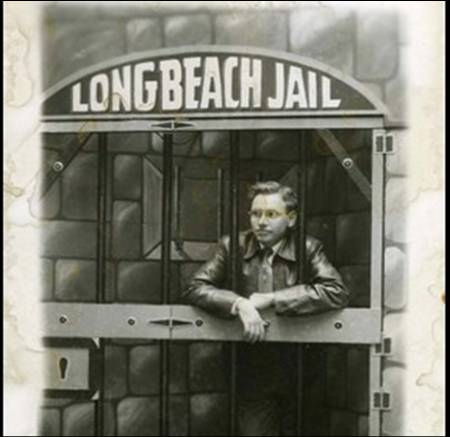During 1969, the Partnership transitioned into Berkshire Hathaway. Therefore this concludes our series on portfolio management and the Buffett Partnership Letters. Please see our previous articles in this series. Control, Hurdle Rate, Compounding, When To Sell
“…controlled companies (which represent slightly over one-third of net assets at the beginning of the year)…we cannot make the same sort of money out of permanent ownership of controlled businesses that can be made from buying and re-selling such businesses, or from skilled investment in marketable securities. Nevertheless, they offer a pleasant long term form of activity (when conducted in conjunction with high grade, able people) at satisfactory rates of return.”
“Particularly outstanding performances were turned in by Associated Cotton Shops, a subsidiary of DRC run by Ben Rosner, and National Indemnity Company, a subsidiary of B-H run by jack Ringwalt. Both of these companies earned about 20% on capital employed in their businesses.”
We’ve previously written that portfolio capital compounding can be achieved in multiple ways:
- “Compounding can be achieved by the portfolio manager / investor when making investments, which then (hopefully) appreciates in value, and the repetition of this cycle through the reinvestment of principal and gains. However, this process is limited by time, resources, availability of new ideas to reinvest capital, etc.”
- Compounding can be achieved by operating entities owned in the portfolio by “reinvesting past earnings back into the same business (or perhaps new business lines). In this respect, the operating business has an advantage over the financial investor, who must constantly search for new opportunities.”
In the quotes above, Buffett was referring to the latter method.
Toward the end of the Partnership, Buffett struggled with the continuous churn & reinvestment process as prices in the marketplace rose and rendered good capital reinvestment opportunities difficult to find. Enter the attractiveness of leaving capital with operating entities (in which he had a controlling stake) that can generate profits (compound) & reinvestment capital, at “satisfactory rates of return,” without Buffett having to watch too closely (provided he found “high grade, able people” to oversee these control investments).
Buffett seemed agnostic between the two as long as the control situations produced “satisfactory rates of return.” As always, the devil lies in the details: what is a “satisfactory rate of return”? Was this figure Buffett’s mental hurdle rate?
Nevertheless, this serves as an useful reminder to investors today that the process of buying and selling assets is not the only way to compound and generate portfolio returns. In fact, sometimes it’s better to hold on to an asset, especially when good reinvestment opportunities are rare.
Process Over Outcome
“It is possible for an old, over-weight ball player, whose legs and batting eye are gone, to tag a fast ball on the nose for a pinch-hit home run, but you don’t change your line-up because of it.”
AUM, Sizing
“…our $100 million of assets further eliminates a large portion of this seemingly barren investment world, since commitments of less than about $3 million cannot have a real impact on our overall performance, and this virtually rules out companies with less than about $100 million of common stock at market value…”
Returning Capital
For those searching for language related to returning capital, the letter dated May 29th, 1969 is a must read.



